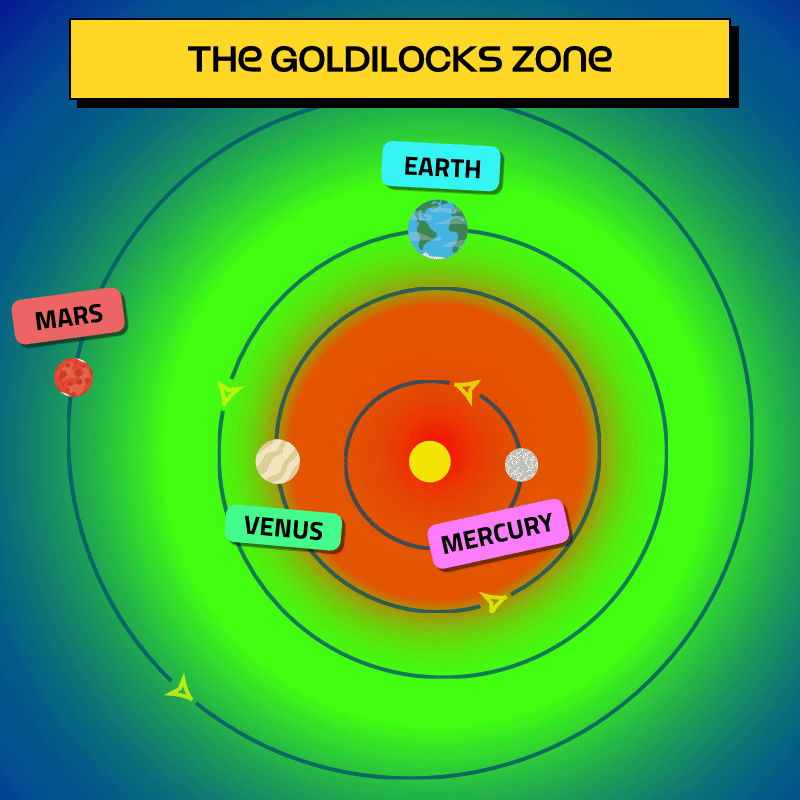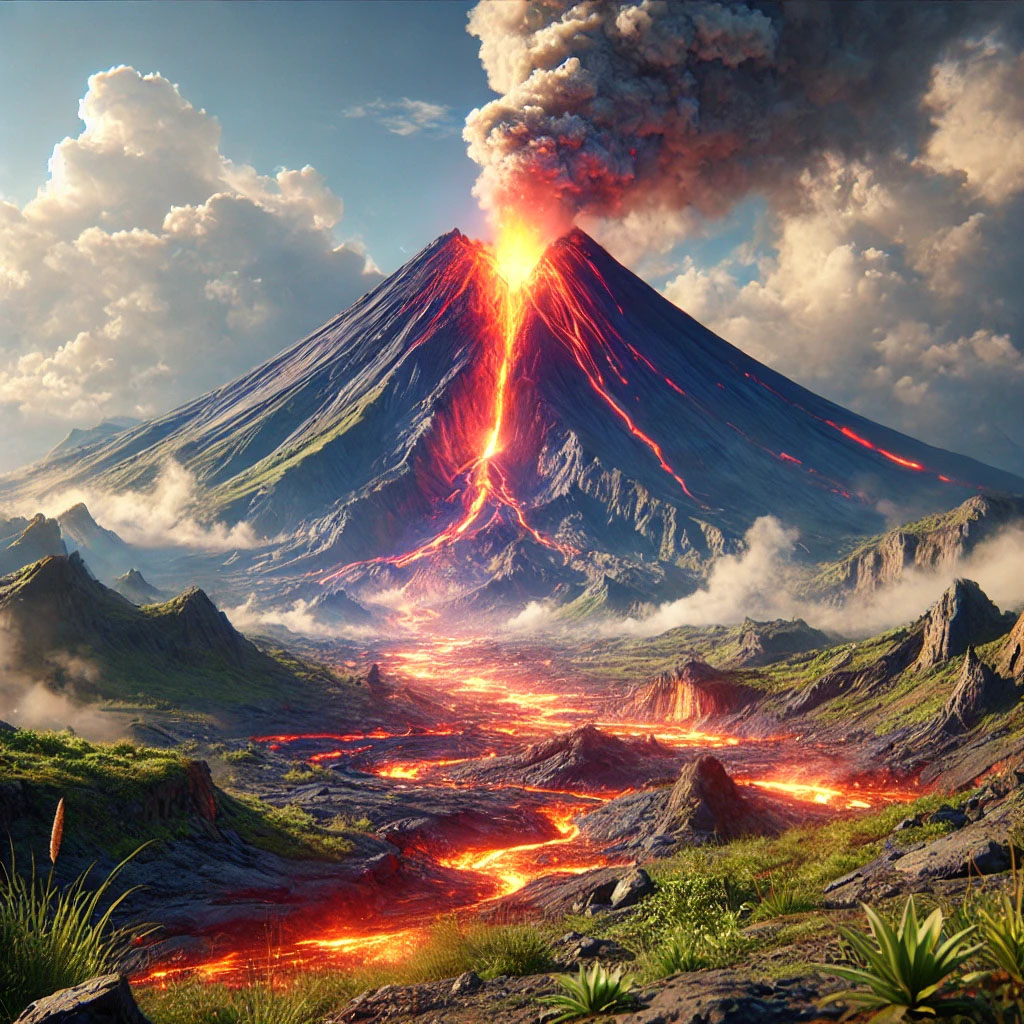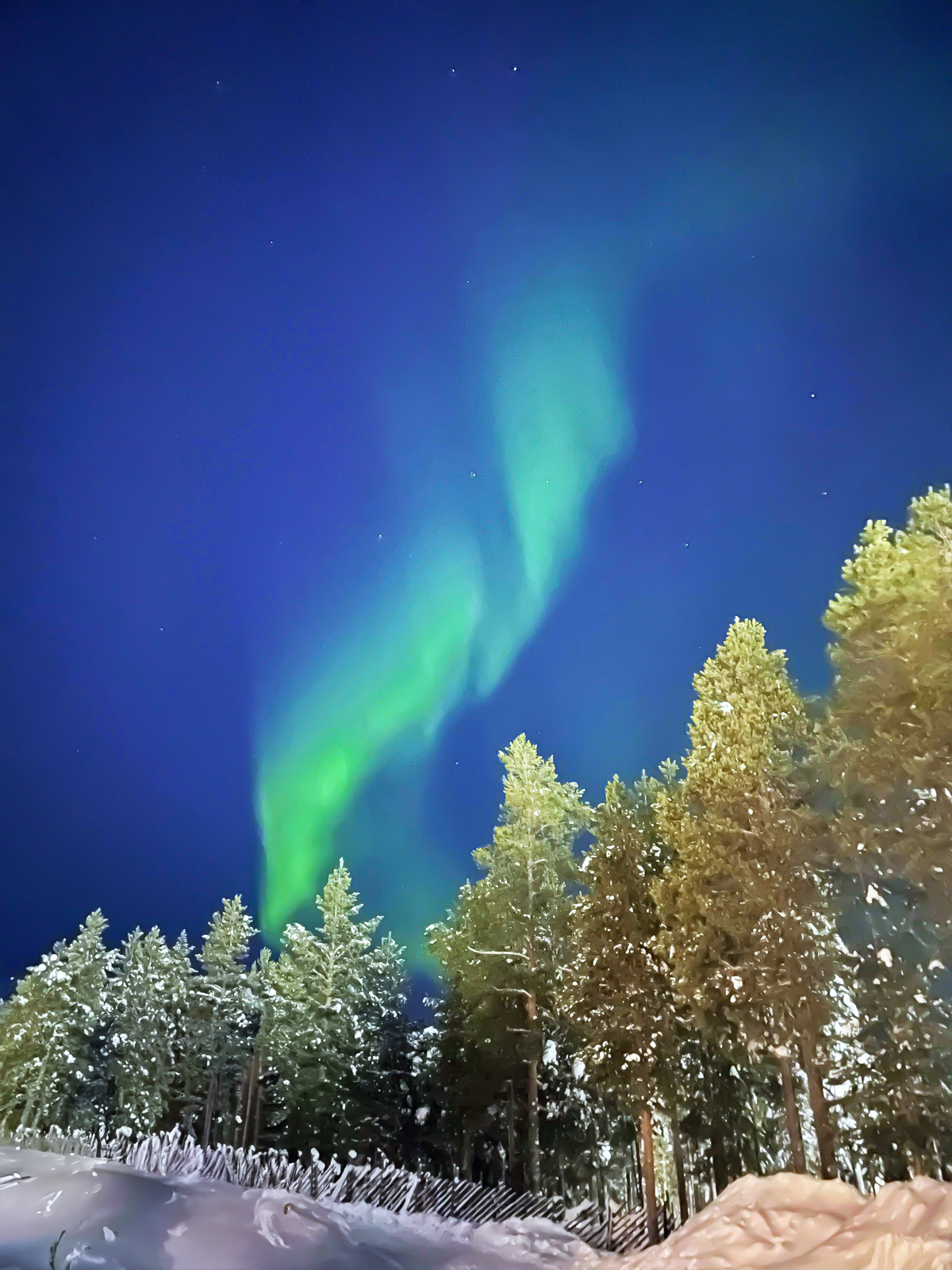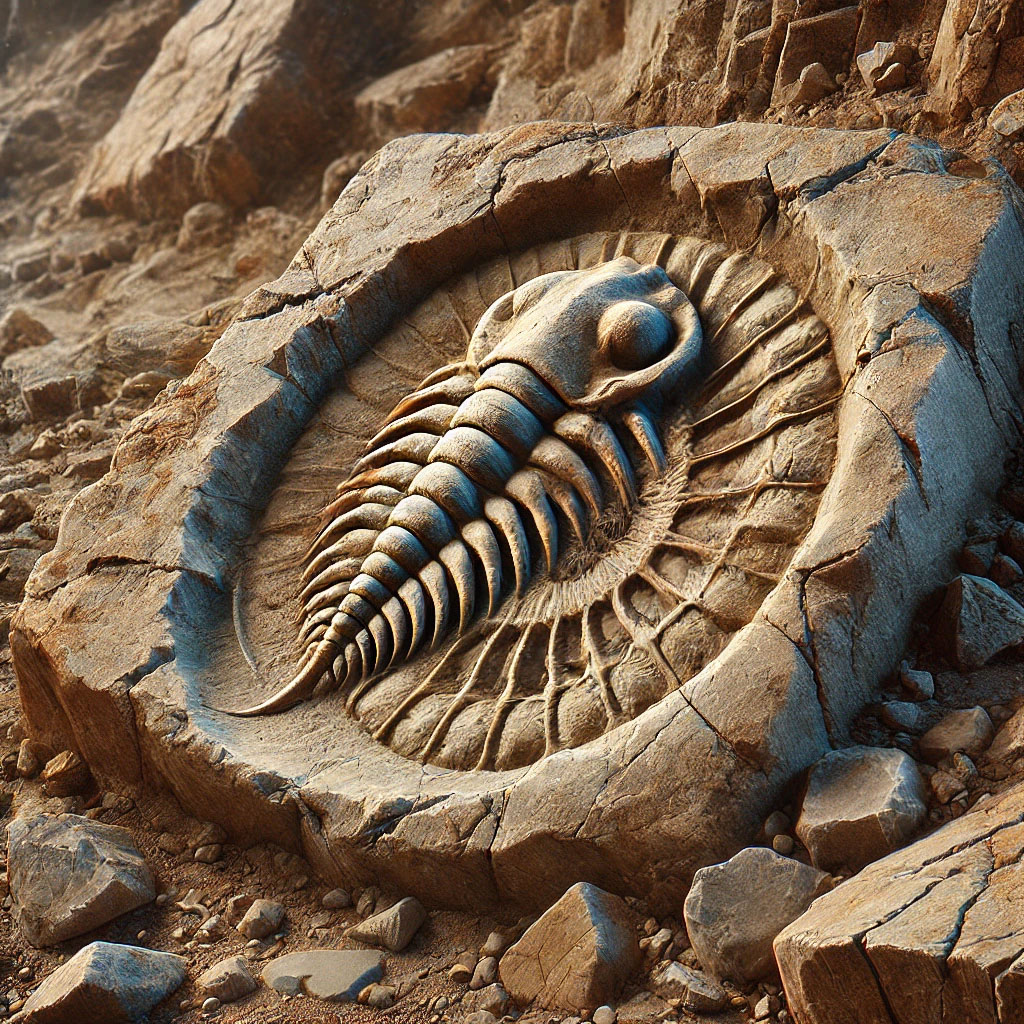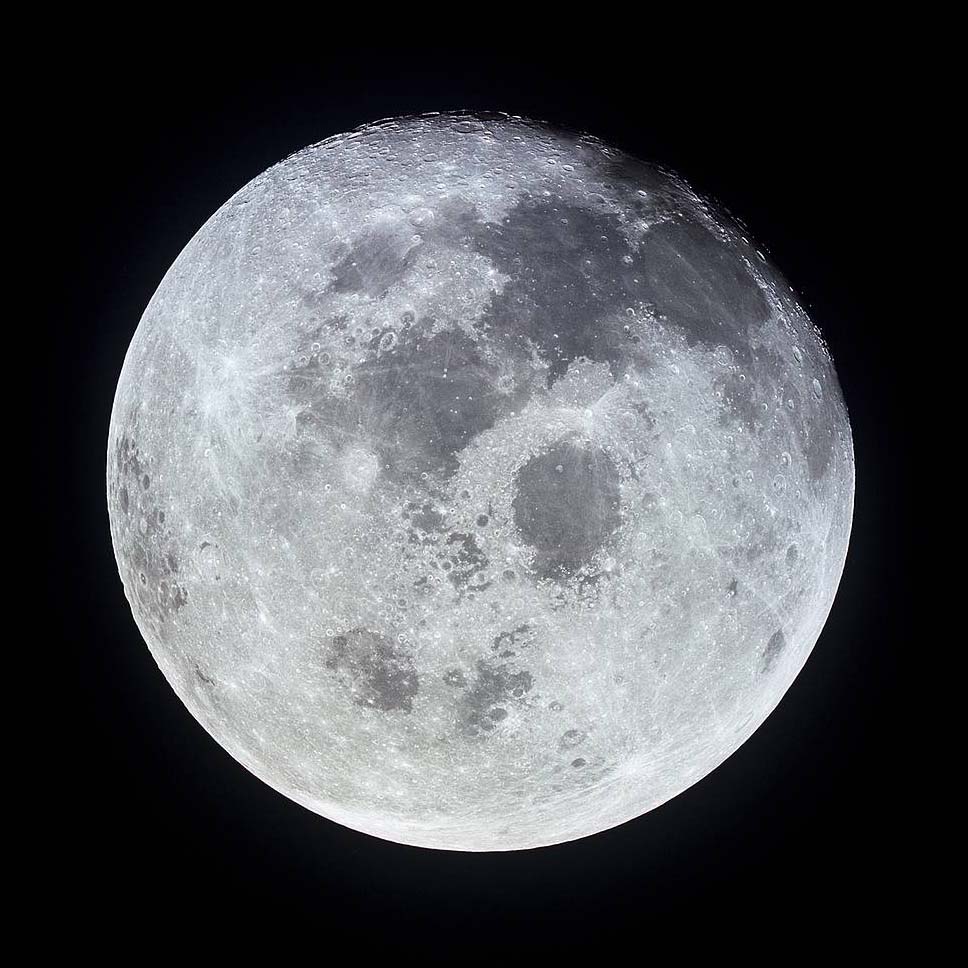Why is there life on Earth?
Earth is an extra special planet as it is the only one in the Solar System known to support life. Here are eight key reasons why life exists on Earth and how they all work together to create a stable and life-friendly environment.
Earth is in the perfect spot in the Solar System. It's located right in the middle of the so-called Goldilocks Zone, a habitable region that isn't too close to the Sun or too far from it. This means that conditions there are just right - not too hot and not too cold - so that Earth can have liquid water and the right temperature for life. If Earth were positioned differently, life as we know it couldn’t exist.
Planets like Mercury and Venus are too close to the Sun, where it’s so hot that water would simply boil away, and life would burn up. On Earth's other side, Mars is farther from the Sun, where it’s too cold for liquid water to exist easily. Earth is perfectly positioned in the "just right" zone. Other stars will also have their own Goldilocks Zones, and scientists are particularly keen to find planets in those regions as that's where life could also exist.
Water is essential for living things to survive, and fortunately, Earth has loads of it. In fact, 70% of Earth’s surface is covered with water. Earth has water in all three states: solid (ice), liquid (water), and gas (water vapour), which is key for supporting life. It helps plants, animals, and humans grow, transport nutrients, and stay hydrated. Inside every living cell, water carries important molecules, gets rid of waste, and keeps the cell functioning.
Water also plays a critical role in absorbing carbon dioxide (CO₂) from the atmosphere, which helps prevent CO₂ from building up too much. This ability to absorb CO₂ helps keep Earth’s climate in balance, reducing the risk of a runaway greenhouse effect.
Additionally, water helps regulate Earth's temperature. Its ability to absorb and release heat slowly prevents extreme temperature swings, making Earth a stable and comfortable environment for life.
Elsewhere in the Solar System, Europa, a moon of Jupiter, might have oceans of water beneath its icy surface. Scientists believe that where water exists, there’s a greater chance for life. On Earth, water is everywhere - it forms the oceans, lakes, rivers, and even clouds in the sky.
Sunlight is the main source of energy for life on Earth. Plants use sunlight for photosynthesis, which produces oxygen and food that supports nearly all life on the planet. The Sun’s energy also provides heat, keeping the Earth warm enough for liquid water to exist and for ecosystems to thrive. Without this energy, Earth would be a frozen, lifeless rock.
While most life on Earth depends on the Sun’s energy, some surprising life forms, like those in deep ocean vents, don’t need sunlight. Instead, they use chemicals from the Earth's core to survive. Still, for most plants and animals, the Sun is the key source of energy that makes life possible.
Earth’s atmosphere is a thin layer of gases that surrounds the planet. It acts as a protective blanket and contains chemicals that are essential for life to exist.
Although light and heat are examples of helpful energy from the Sun, ultraviolet (UV) radiation is an example of harmful energy that the Sun sends to Earth. Exposure to too much of it can cause sunburn and more serious illnesses. Thankfully, the ozone layer, a part of the atmosphere, absorbs most of this dangerous radiation and prevents it from reaching the surface.
The atmosphere also acts as a shield against meteoroids - small rocks that travel though space. On planets with little or no atmosphere, like Mercury, meteoroids crash into the surface and leave craters. Millions of meteoroids enter Earth's atmosphere every day, but most burn up before they can reach the ground. As they burn, they create the glowing trails that you can see as shooting stars. The few that survive the journey are usually small and cause little to no damage.
The atmosphere also contains chemicals that are crucial for life. One of the most important gases is carbon dioxide (CO₂). Although it makes up only about 0.04% of the atmosphere, CO₂ plays a massive role in supporting life. It helps moderates Earth's temperature by trapping just enough heat to keep the planet warm and preventing it from becoming too cold. More importantly, plants need CO₂ to carry out photosynthesis - the process where they convert CO₂ into oxygen. Without CO₂, plants wouldn't be able to grow, and oxygen levels would plummet. Oxygen makes up about 21% of the atmosphere and is needed for most living species, including humans, to breathe and carry out the processes that keep them alive.
The atmosphere also helps create weather, like rain, wind, and snow, which shapes different environments on Earth. Without the atmosphere, Earth wouldn’t have rain to water plants or wind to spread seeds. This helps create diverse ecosystems, from lush rainforests to dry deserts, supporting a wide range of life.
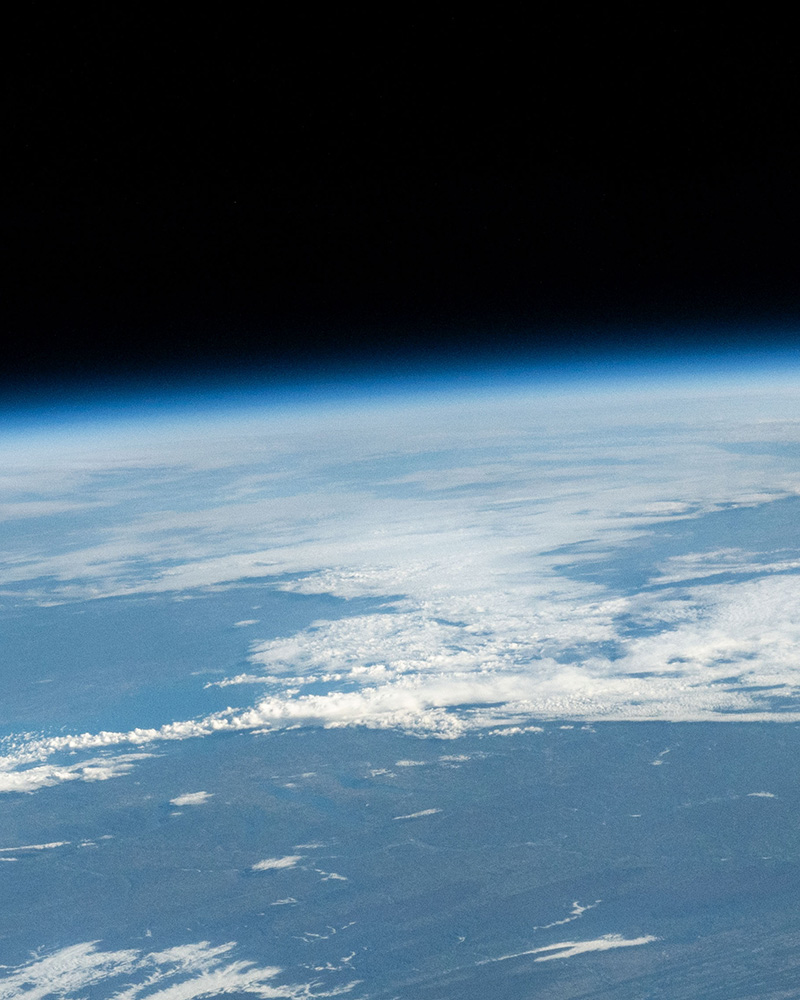
Earth’s climate is suitable for life because it stays within a range of temperatures and weather patterns that allow living things to survive. While some parts of the planet are really hot and others are extremely chilly, Earth’s overall climate is just right for life, allowing water to stay liquid and ecosystems to flourish.
Earth’s climate isn’t the same everywhere - it includes different regions such as tropical rainforests, deserts, and polar ice caps. These regions have climates that have stayed stable over long periods, allowing species to adapt. Animals in the Arctic, for example, have evolved to handle extreme cold, while plants and animals in deserts survive with little water. This balance allows a wide variety of ecosystems to exist, each with species perfectly suited to their environments.
Earth’s climate has changed over time. During the time of the dinosaurs, about 65 million years ago, the climate was much warmer than it is now, with no polar ice caps and higher sea levels. Much of the planet may have felt more like tropical rainforests, which allowed giant dinosaurs and other prehistoric creatures to thrive. After the dinosaurs, Earth entered periods like the ice ages, when large parts of the planet were covered in ice. However, these changes have usually happened slowly enough for life to adapt, allowing species to survive and evolve over millions of years.
Earth’s surface isn’t one solid shell that covers the planet. Instead, it’s made up of large, moving pieces called tectonic plates. These plates make up Earth's crust and "float" on top of the mantle, a layer of hot, flowing rock underneath. Although they move very slowly - only a few centimeters each year - this movement has a huge impact on Earth.
As the plates move, they can collide, move apart, or slide past each other. This constant movement reshapes the planet, creating mountains, valleys, volcanoes, and even new oceans. Plate tectonics are responsible for many of the different landscapes on Earth, which provide diverse habitats where plants, animals, and other living things can thrive.
One important role of plate tectonics is how they recycle important gases back into the atmosphere. Carbon dioxide (CO₂) is released through volcanic eruptions, a consequence of the movement of Earth's tectonic plates. CO₂ is needed to keep Earth's climate stable and for plants to photosynthesise.
Earth’s magnetic field acts as a shield, protecting the planet from the solar wind, a stream of charged particles constantly released by the Sun. While the Sun provides energy for life, these particles can be harmful. The magnetic field deflects them, preventing the solar wind from stripping away Earth's atmosphere.
Without the magnetic field, the atmosphere could be lost, leaving the planet exposed to harmful radiation and without its essential atmospheric gases. This is likely what happened to Mars, which lost most of its atmosphere due to a weaker magnetic field, leaving it exposed to the solar wind. Thanks to Earth's magnetic field, the atmosphere stays intact, protecting life and maintaining a stable environment.
The magnetic field also produces the stunning auroras, or Northern and Southern Lights, which occur when charged particles from the solar wind interact with Earth's atmosphere near the poles.
Life on Earth didn’t start out as complex as it is today. It began with tiny, simple organisms around 3.5 billion years ago, and over billions of years, these organisms evolved into the wide variety of plants, animals, and eventually humans that exist on Earth today. Evolution takes time, and Earth's long periods of stability and suitable conditions have allowed life to adapt, grow, and become more complex.
However, the path of evolution hasn’t always been smooth. Several mass extinction events - like the one that wiped out the dinosaurs about 65 million years ago - have drastically changed the course of life on Earth. These events are often caused by major incidents, such as asteroid impacts or dramatic climate changes. Despite these setbacks, life has always found a way to continue, and new species have evolved in the aftermath of these extinctions.
One of the most recent and significant developments in Earth’s evolutionary history is the appearance of humans. Modern humans (Homo sapiens) have only existed for about 200,000 years - a tiny fraction of Earth's history. Humans evolved from more primitive species over millions of years, and during that time, early humans adapted to different environments, developing tools, language, and cultures that helped them survive.
Earth's long, stable habitable period has been key to allowing life to evolve into its current diversity. While other planets may have had periods where conditions were suitable for life, Earth has remained stable for much longer, giving life the time needed to flourish and diversify in ways that have not been observed elsewhere.
While not essential for life, the Moon plays an important role in maintaining Earth's balance. It stabilises Earth’s tilt, helping to create seasons and maintain a steady climate over long periods.
The Moon also controls the tides, which are important for coastal ecosystems. Without the Moon, life could still exist, but Earth’s environment might be less predictable and more extreme.






